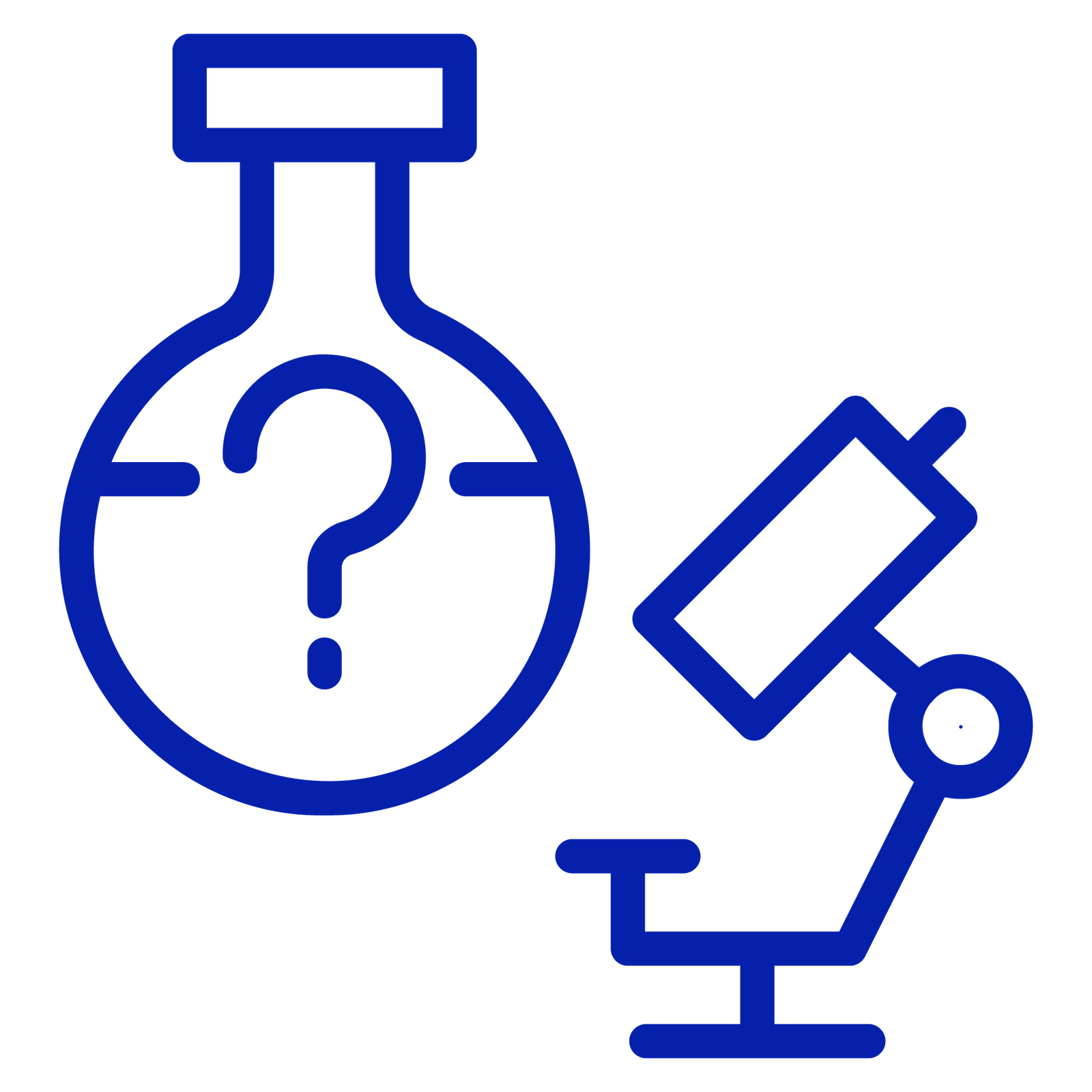Glossary
HIPPA
What is HIPPA?
The Health Insurance Portability and Accountability Act (HIPAA) is a comprehensive regulatory framework that serves as the operational foundation for data privacy and security in the U.S since 1996. healthcare system. As of 2025, HIPAA’s impact is seen not only in compliance checklists but in the day-to-day practices of hospitals, insurers, telehealth providers, and digital health startups.
What Makes HIPAA Different?
Unlike broad data privacy laws like the GDPR, HIPAA is laser-focused on protected health information (PHI), any data that can identify a patient and relates to their health status, care, or payment. HIPAA compliance is mandatory for over 2.7 million healthcare entities and business associates in the United States, according to the U.S. Department of Health and Human Services (HHS).
The Core Rules: Privacy, Security, and Breach Notification
- Privacy Rule: Sets boundaries on how PHI can be used and disclosed. For example, a hospital cannot share a patient’s diagnosis with an employer without explicit consent.
- Security Rule: Requires administrative, physical, and technical safeguards for electronic PHI (ePHI). In 2024, 81% of reported healthcare data breaches involved hacking or IT incidents, underscoring the need for robust cybersecurity.
- Breach Notification Rule: Mandates that organizations report breaches affecting more than 500 individuals to HHS, affected patients, and sometimes the media within 60 days. In 2023, there were over 725 major breaches reported, exposing more than 133 million patient records.
Enforcement: Fines, Audits, and Real-World Impact
HIPAA enforcement is not theoretical. In 2024, HHS issued over $60 million in fines, with the largest single penalty of $16 million, levied against a national insurer for failing to encrypt laptops containing PHI. The Office for Civil Rights (OCR) also conducted over 400 audits, focusing on smaller providers and digital health vendors, not just large hospital systems.
HIPAA in the Age of Telehealth and AI
The COVID-19 pandemic and subsequent telehealth boom forced HIPAA to adapt. Temporary waivers allowed providers to use consumer video platforms, but as of 2025, permanent guidance requires all telehealth tools to be fully HIPAA-compliant. This includes end-to-end encryption, secure logins, and audit trails.
AI and machine learning in healthcare have introduced new risks. HIPAA now requires risk assessments for AI algorithms that process PHI, and organizations must document how data is anonymized or de-identified before use in research or analytics.
Common Compliance Pitfalls
- Insufficient Employee Training: In 2024, 43% of breaches were traced to human error or phishing attacks.
- Third-Party Risks: Business associates (e.g., cloud providers, billing firms) accounted for 27% of major breaches.
Legacy Systems: Outdated software remains a top vulnerability, with 61% of breached organizations reporting unsupported operating systems.
Best Practices for 2025
- Implement multi-factor authentication for all systems accessing PHI.
- Encrypt PHI at rest and in transit.
- Conduct annual risk assessments and update incident response plans.
- Vet all vendors for HIPAA compliance and sign Business Associate Agreements (BAAs).
- Regularly train staff on phishing, social engineering, and secure data handling.
The Future of HIPAA
Congress and HHS are considering updates to address interoperability, patient access, and the integration of health apps. The HIPAA Safe Harbor Law (2021) already incentivizes organizations to adopt recognized cybersecurity practices by reducing penalties in the event of a breach.

























